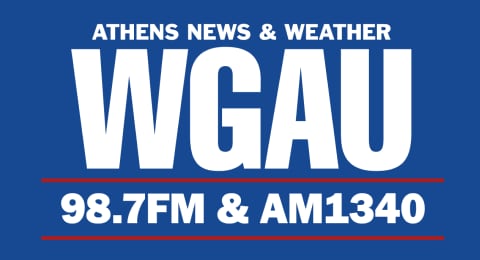The XFL and the USFL, two competing spring football leagues, will merge operations. Few details are available, from the new league's start date to its name, but the initial obvious takeaway is that both leagues need one another as ally, rather than competition, in order to survive.
The USFL was the first out of the gate, beginning operations in 2022 and becoming the first spring football league in nearly four decades to have a second season. While the league boasted eight teams aligned with specific cities, it played all of its debut-season games in Birmingham, Alabama. A slow rollout to other cities (including Memphis, Detroit and Canton, Ohio) began earlier this year.
The XFL began operations in February 2023, shortly after the Super Bowl. It began with a much larger geographic footprint than the USFL, with its eight teams spread out over multiple locations, including Seattle, Orlando, Washington D.C., St. Louis and three cities in Texas.
Spring leagues have struggled with a range of challenges. Both the USFL and XFL initially operated under different ownership, the USFL in the early 1980s and the XFL in the early 2000s. A 2019 league known as the Alliance of American Football folded before even finishing out its first season, and a second version of the XFL fell prey to the pandemic.
So far, the latest iterations of the XFL and the USFL have avoided that fate. Buoyed by both broadcast agreements and the rise of legalized gambling, both spring leagues were able to finish out their seasons with complete schedules and championship games, a feat which other spring leagues haven't been able to accomplish. Both leagues have some broadcasting and star power behind them; the USFL has broadcast agreements with Fox and NBC, and Dwayne Johnson is one of the XFL's principal owners. Combining assets could be a way of leveraging the best of both leagues, though it's highly unlikely the new league would start with 16 teams.
As for what the new league could be called — trademark lawyer Mike Kondoudis revealed on X that the USFL recently filed 22 trademark applications for "NSFL" and "National Spring Football League." The trademarks would cover everything from broadcasting to merchandise.
The USFL has filed 22 new trademark applications for:
— Mike Kondoudis (@KondoudisLaw) September 27, 2023
🏈NSFL
🏈NATIONAL SPRING FOOTBALL LEAGUE
The September 22 filings indicate plans to use the names of its developmental league for:
▶️ Clothing, Footwear, and Headwear
▶️ Broadcasting and Entertainment Services
▶️ Multimedia… pic.twitter.com/FUzgggwgt3
"National Spring Football League" sounds awfully close to "National Football League," and the NFL's role in this particular saga will be one to watch. Two small spring leagues were, in effect, tryout camps from the NFL's perspective; one large spring league might warrant a bit more attention.
The NFL never felt a wisp of a threat from either league, of course; neither had the funding or the star power to challenge the NFL in any meaningful way. What the newly merged league could do is serve as a de facto minor-league system for the NFL
Quarterback Ben DiNucci, for instance, has bounced back and forth between the NFL and the XFL, playing for the Cowboys, the XFL's Seattle Sea Dragons, and now the Broncos. Dallas has also signed the USFL's first-season MVP, wide receiver/kick returner KaVontae Turpin, and kicker Brandon Aubrey.
"Americans love any football at all, the NFL in particular," Jon Lewis, creator of Sports Media Watch, told Yahoo Sports in February. "College football is a tremendous draw too, better than the NBA and hockey. Football is a strong enough draw that you could survive with the USFL or XFL, especially since today's standards [for broadcast success] are so much lower."
Broadcast networks needing inventory for fallow spring schedules, and gamblers looking for wagering targets, could help keep the new spring football league afloat. The NFL, if it were to take a more active investment, could help it take flight. The NFL could conceivably use the spring league as a developmental organization apart from colleges, identifying and harnessing talent that wasn't quite utilized properly in college — see: Brock Purdy — while acclimating players to pro football life.
“A lot of guys don’t understand what it takes to be a pro, day in and day out,” said Hines Ward, Steelers legend and now the coach of the XFL’s San Antonio Brahmas. “NFL teams don’t have a lot of money or time to invest in players down the depth chart. These players can cut themselves by being late, not showing up on time, not doing the little things right.”
A developmental league could end up a benefit for all involved, as long as it can do what no league has done before it on a consistent basis: make enough money to justify its existence.






